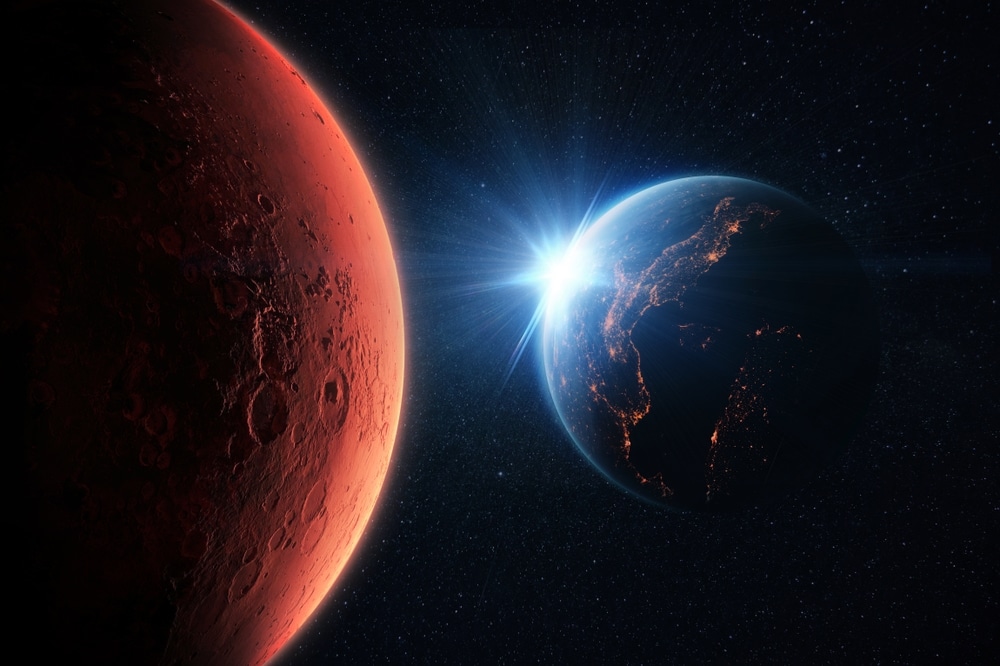Using the advanced capabilities of the James Webb Space Telescope, researchers have detected compelling signs of possible life on a planet 124 light-years away, marking a significant milestone in the search for extraterrestrial life.
The planet, known as K2-18 b, orbits a red dwarf star in the constellation Leo and lies within the star’s habitable zone, where conditions may allow liquid water—a key ingredient for life—to exist.
According to MSN, he telescope identified chemical signatures of dimethyl sulfide (DMS) and dimethyl disulfide (DMDS) in the planet’s atmosphere.
On Earth, these gases are exclusively produced by living organisms, primarily marine microbes like phytoplankton.
This discovery suggests that K2-18 b, suspected to be an ocean-covered “hycean” world, could be teeming with microbial life. However, scientists caution that these findings indicate a biosignature—a potential indicator of biological activity—rather than definitive proof of life.
“This is the most robust evidence we’ve seen so far of a habitable world beyond our solar system,” said Nikku Madhusudhan, an astrophysicist at the University of Cambridge and lead author of the study, published in Astrophysical Journal Letters.
“We’re not claiming living organisms, but the presence of these molecules is a critical step toward answering whether we’re alone in the universe.”
The detection of DMS and DMDS came from analyzing specific wavelengths of light that drop off as K2-18 b passes in front of its star, revealing the atmospheric composition.
While the signal was clear, some researchers urge caution, noting that unknown geological or chemical processes on the planet could produce these molecules without biology.
“Extraordinary claims require extraordinary evidence,” said Laura Kreidberg, an astronomer at the Max Planck Institute for Astronomy. “We’re not at that level yet, but it’s a tantalizing hint.”
The nature of K2-18 b remains under debate. The Cambridge team supports the idea of a vast ocean world, but others suggest it could be a gas giant or have magma oceans.
Further observations are needed to clarify its structure and confirm the biosignature.
Madhusudhan emphasized the excitement of the find, stating, “For millennia, humanity has wondered if we’re alone. We may be just years away from detecting life on a hycean world.”
This discovery underscores the power of the James Webb Space Telescope in probing distant worlds and fuels hope that the “Holy Grail” of exoplanet science—finding life on an Earth-like planet—may soon be within reach.










